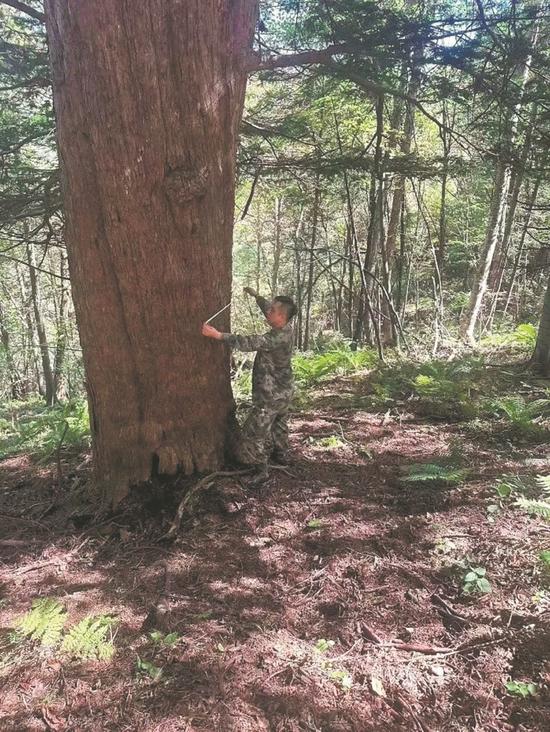
A researcher measures the diameter at breast height of a yew tree discovered in the Changbai Mountains in Jilin province. (PROVIDED TO CHINA DAILY)
A vast, ancient forest dominated by endangered Northeast yew trees, also known as Japanese yew, has been discovered in Jilin province, scientists announced. Some trees in the area, which covers hundreds of hectares at elevations between 700 and 1,200 meters, are more than 1,000 years old.
Currently in a growth phase, the forest is showing signs of self-renewal and sustainable development, experts said.
The discovery was announced by Helong Forest Co, a subsidiary of State-owned Jilin Changbai Mountain Forest Industry Group, which oversees the forest. The Northeast yew population here includes trees of varying ages, from young saplings to ancient specimens with trunk diameters over 1 meter. Thousands of middle-aged yews, with trunk diameters between 10 and 40 centimeters, have also been identified, including six rare trees that are over 1,000 years old.
Northeast yew, the only yew species endemic to China's northeast, is a national first-level protected plant due to its anti-cancer properties, particularly the compound paclitaxel. The species has been endangered by habitat loss and illegal harvesting but remains vital to conservation efforts due to its unique medicinal value.
Zhang Yanwen, a professor from Liaodong University in Liaoning province and visiting professor at Changchun Normal University, led a research team that launched the initial investigation in the spring of last year.
"The newly found trees in Jilin have a remarkably complete structure, offering crucial insights into the genetic resources, threats and conservation needs of this endangered species," said Zhang, whose team has conducted four field surveys as of mid-October. "This is the most robust population structure of Northeast yew that we've seen nationwide."
The Helong Forest area also encompasses the Jilin Zengfengling National Nature Reserve, a major habitat for the species. The company reported that over 280,000 Northeast yews grow within the reserve, including 14 ancient trees that have been around for more than a millennium, with the oldest estimated to be about 2,800 years old.
The region has the largest, densest wild population of Northeast yew across the three northeastern provinces of Liaoning, Jilin and Heilongjiang.
The company intends to deepen its research on the forest to gather comprehensive data on the yew's distribution, growth and status — especially for ancient and key protected trees — to enhance conservation strategies.









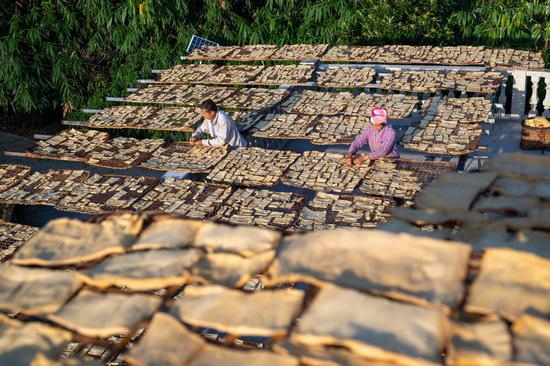








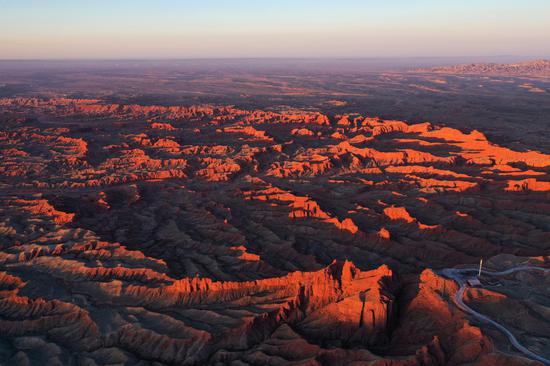





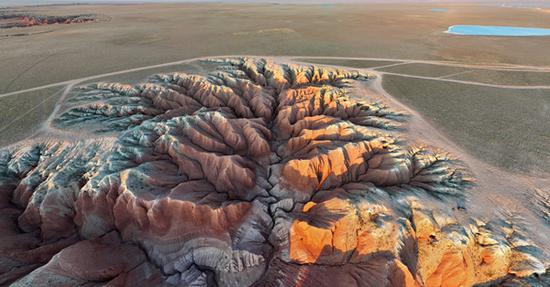




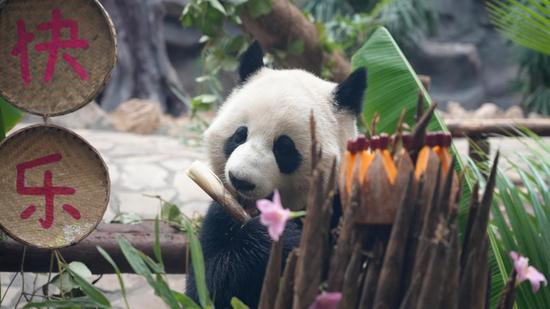
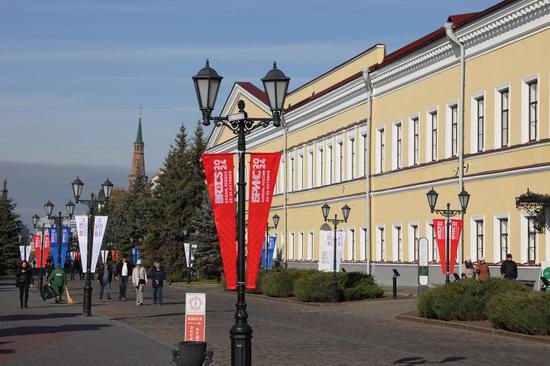
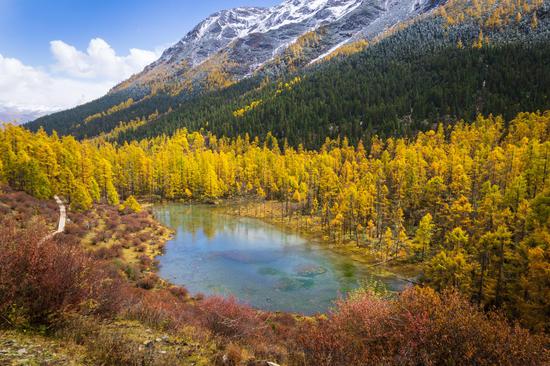
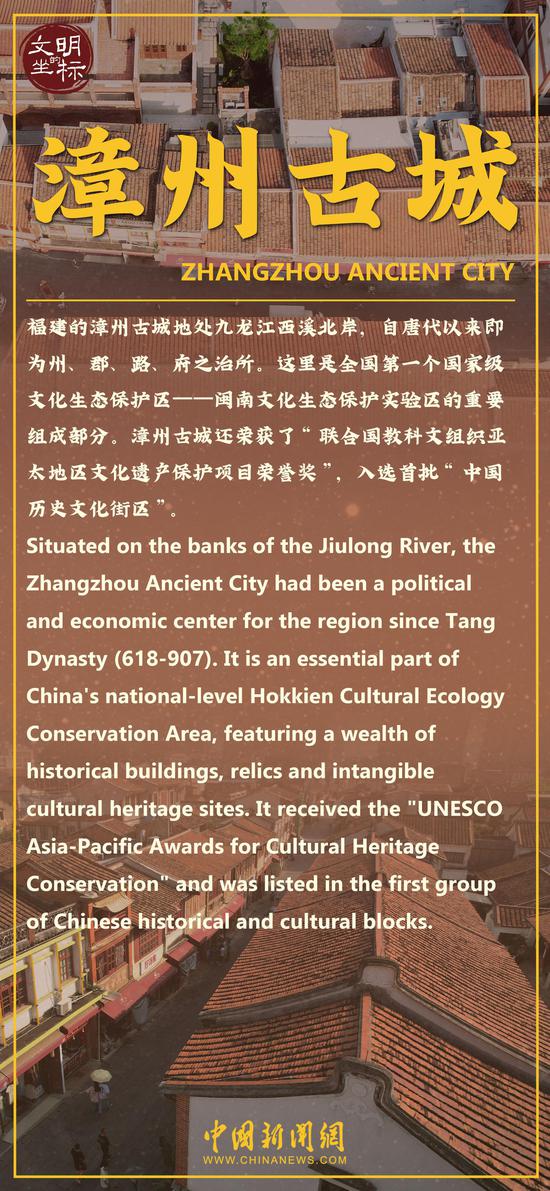

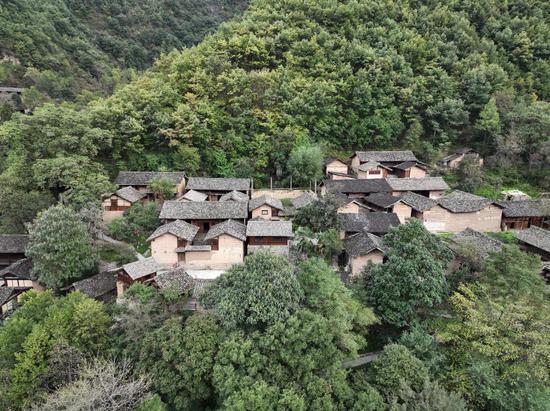

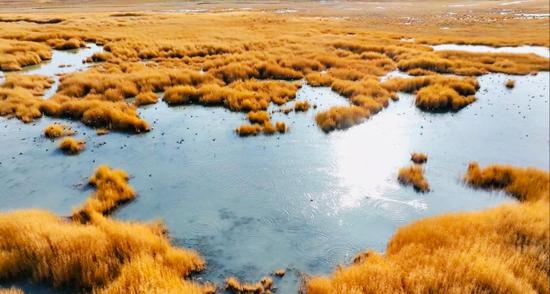
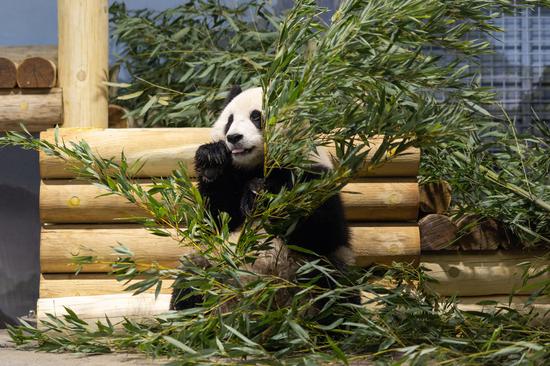












 京公网安备 11010202009201号
京公网安备 11010202009201号